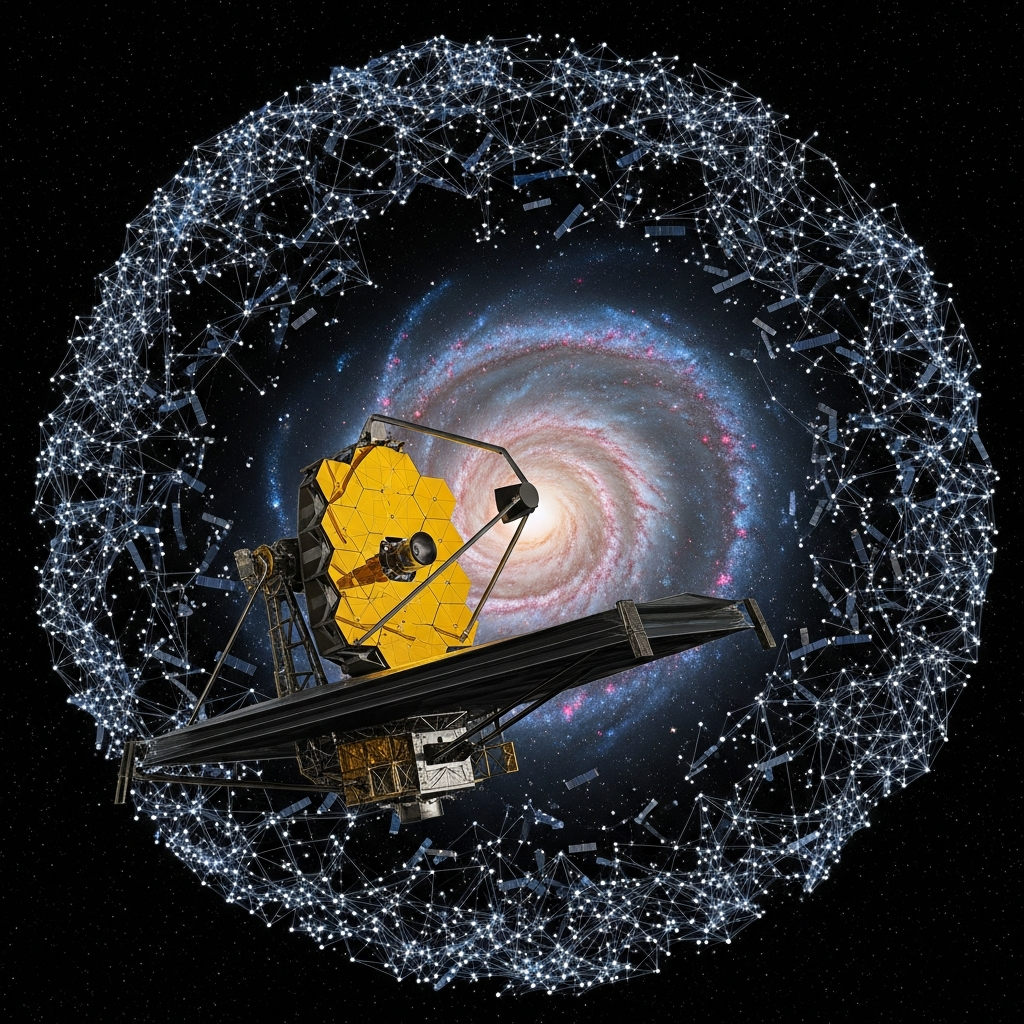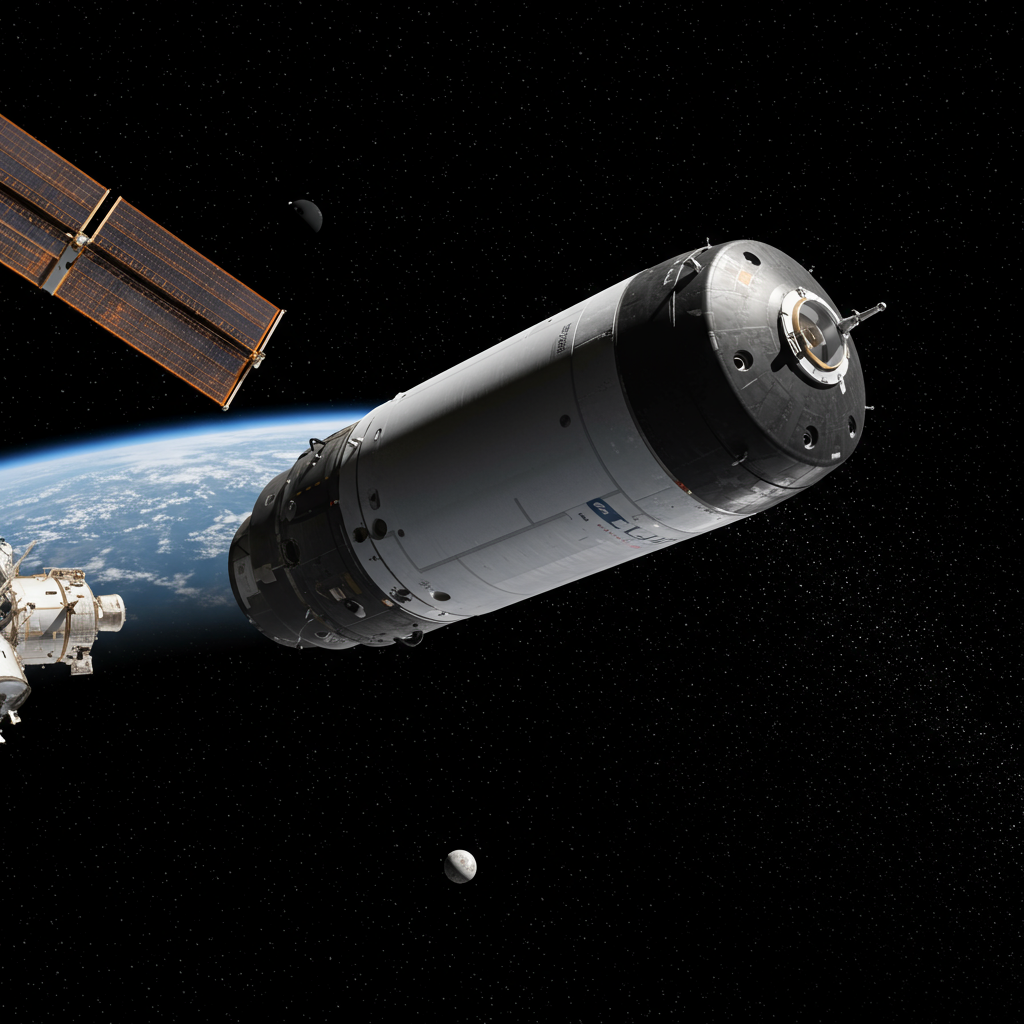Epic Journeys: Unraveling the Mystery of Bogong Moth Migration
Every year, billions of Australian Bogong moths embark on one of nature’s most astounding migrations. These small, unassuming insects travel incredible distances – up to 1,000 kilometers (over 600 miles) – across southeast Australia, all to reach specific cooling caves high in the Australian Alps. Here, they enter a state of summer dormancy called aestivation, escaping the searing heat of their breeding grounds. When autumn arrives, they undertake the arduous return journey.
What makes this feat particularly remarkable is that each moth completes this migration only once in its life. A new generation hatches, grows, and somehow finds its way to a destination it has never seen before, without guidance from their parents. For years, scientists have been puzzled: How do these tiny creatures, with brains smaller than a grain of rice, manage such precise, long-distance navigation?
Previous research offered clues, suggesting the moths used the Earth’s magnetic field as a kind of internal compass. However, this magnetic sense alone wasn’t considered precise enough to guide them to a single, specific location hundreds of miles away. Researchers knew there must be other navigational cues at play, especially crucial for their nocturnal journey.
The Discovery: Stars as a Celestial Compass
A groundbreaking new study, published in the journal Nature, reveals that the missing piece of the puzzle is the starry night sky. The research demonstrates that Bogong moths possess a sophisticated stellar compass, allowing them to use the pattern of stars for navigation. This finding is particularly significant, marking the Bogong moth as the first known invertebrate to utilize stars for discerning specific geographical directions over such vast distances. While other insects like dung beetles use the Milky Way, it’s typically for maintaining a straight line over short distances, not for directed migration to a distant target.
To uncover this ability, scientists conducted clever experiments using tethered moths in flight simulators. These simulators projected a naturalistic moonless night sky while the Earth’s magnetic field was carefully nulled (removed). Under these controlled conditions, the moths consistently oriented themselves in their seasonally appropriate migratory direction – southwards in spring towards the Alps, or northwards in autumn for the return trip.
Crucially, when the projected star patterns were randomized, the moths became disoriented. This strongly indicates that they aren’t just using general light levels, but are keying into the specific configuration or pattern of stars in the sky. Researchers suspect the moths may be using prominent features like the shape of the Milky Way or bright regions of the night sky as their celestial map.
Brain Power: Decoding the Night Sky
The study didn’t stop at behavior. Researchers also delved into the moths’ tiny brains to understand the neurological basis for this stellar navigation. Using sensitive recording techniques, they identified specific neurons in the moth’s visual processing and navigation centers (including the optic lobe, central complex, and lateral accessory lobes) that responded directly to the rotation of the projected starry sky.
These neurons showed tuning, firing maximally when the moth was facing a particular orientation that corresponded to their migratory direction. For instance, many neurons consistently fired strongest when the moth was oriented south, the direction of their spring migration. This provides compelling neurophysiological evidence that the moth brain is actively processing visual information from the night sky to determine direction. The fact that a brain so small can perform this complex calculation is nothing short of remarkable.
A Robust System: Combining Magnetic and Stellar Cues
The research suggests that Bogong moths likely integrate information from their stellar compass with their known magnetic compass. This dual system provides crucial flexibility and redundancy. If the night is cloudy and the stars are obscured, the magnetic field can still guide them. Conversely, if the magnetic field is disrupted, they can potentially rely on the stars.
Navigating by stars over many hours also requires an additional layer of complexity: compensating for the apparent rotation of the celestial sphere as the Earth turns. If the moths simply steered relative to fixed star positions, they would veer off course. The study hints that the moths may possess a time-compensated mechanism or use the center of stellar rotation to maintain a straight migratory path despite the nightly movement of the sky.
Implications and Future Questions
Understanding the sophisticated navigation of Bogong moths is vital, particularly as the species faces endangerment. Light pollution, which obscures the very stars these moths may rely on, poses a potential threat to their ability to navigate successfully. Protecting their habitat and reducing light pollution could be crucial for their conservation and for the Alpine ecosystem that depends on them.
While the study unveils the stellar compass, many fascinating questions remain. Exactly which features of the night sky do they use? How do they integrate stellar, magnetic, and perhaps other cues like wind direction or landmarks? And how do they know their initial migratory direction and, perhaps most mysteriously, how do they know when they have finally reached their specific destination cave? Future research promises to shed more light on the incredible abilities of these tiny, star-guided navigators. The Bogong moth’s epic journey stands as a powerful reminder of the hidden complexities and wonders of the natural world, even in the smallest of creatures.




